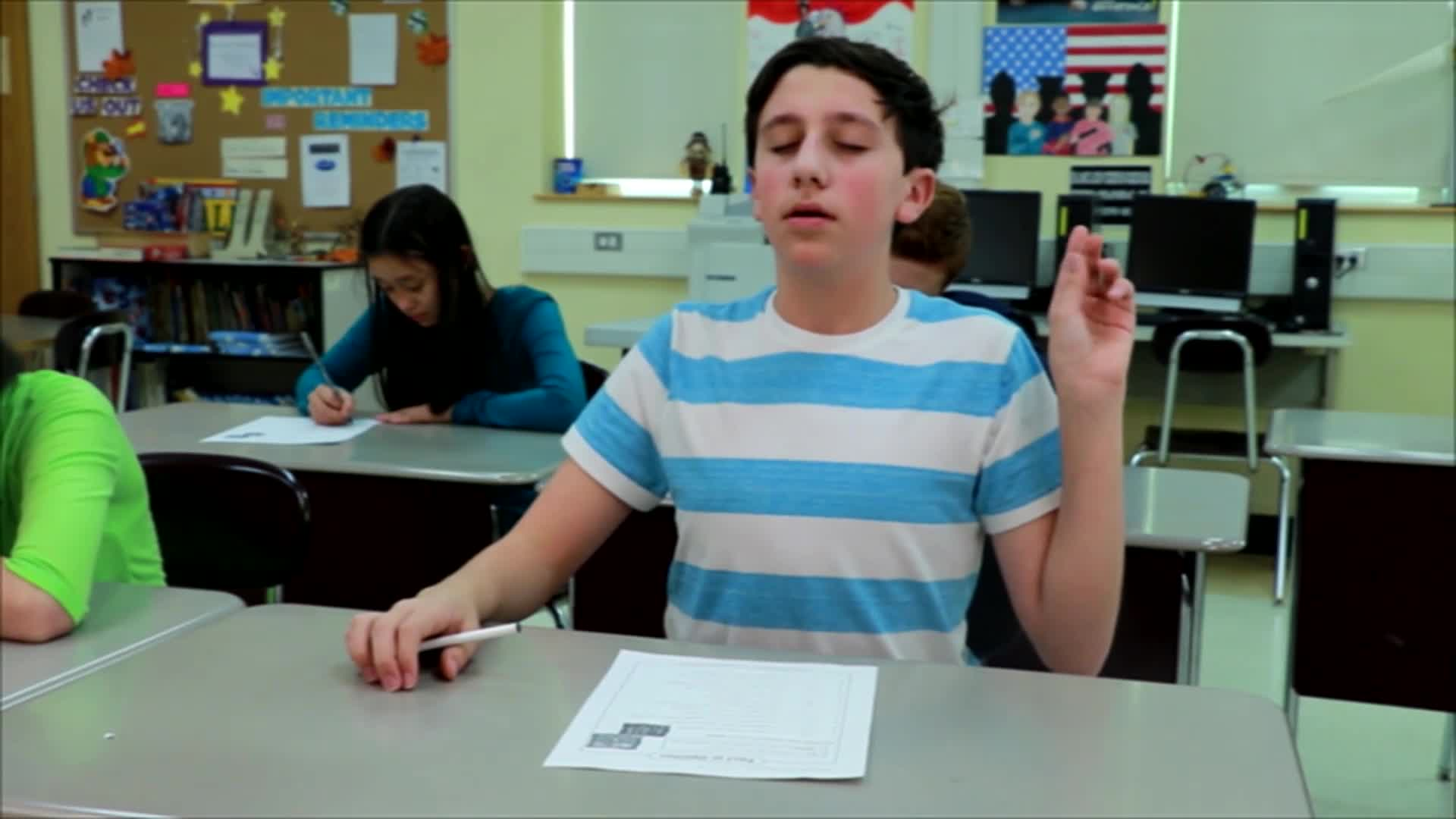Introduction
Social-Emotional Learning (SEL) is an essential aspect of education, especially for students in special education. Teaching calming strategies and self-regulation techniques can help students better manage their emotions and behavior. In this blog post, we will explore an easy-to-implement, no-prep activity that educators can use to teach students how to calm down using personalized strategies, such as taking deep breaths and counting them. Additionally, we will provide discussion questions to further explore the topic and suggest related skills to enhance students’ SEL development.
No-Prep Activity: Personalized Calming Strategies
This activity requires no preparation or materials, making it an ideal choice for busy educators. The objective is to help students identify and practice their personalized calming strategies.
- Begin by asking students to think about a time when they felt upset or needed to calm down.
- Next, encourage students to share the strategies they use or would like to try when they need to calm down. For example, Josh’s strategy is to take five deep breaths and count them. Other students might have different strategies, such as visualization, squeezing a stress ball, or repeating a comforting phrase.
- Once students have shared their strategies, guide them through practicing their chosen calming technique. Have them imagine a situation where they need to calm down and then use their strategy to regain control of their emotions.
- After practicing, have students reflect on how their strategy helped them feel calmer and more in control.
This activity not only helps students develop self-regulation skills but also encourages them to share and learn from their peers’ experiences with various calming strategies.
Discussion Questions
- Why is it important to have a calming strategy when we feel upset or overwhelmed?
- How does practicing our calming strategies help us become more effective in using them during real-life situations?
- Can you think of a time when you used a calming strategy to help you manage your emotions? How did it make you feel?
- Are there any other calming strategies you would like to try? Why do you think they might be helpful?
- How can we support our peers when they are using their calming strategies?
Related Skills
In addition to teaching calming strategies, there are other related skills that can enhance students’ SEL development. These skills include:
- Self-awareness: Understanding one’s emotions, strengths, and areas of growth is crucial in developing effective calming strategies.
- Communication: Learning to express one’s emotions and needs effectively can help students seek support and share their calming strategies with others.
- Empathy: Developing the ability to understand and share the feelings of others can foster a supportive environment where students feel more comfortable practicing their calming strategies.
- Problem-solving: Learning to identify and address the root causes of emotional distress can empower students to take control of their emotions and implement calming strategies more effectively.
Next Steps
Teaching calming strategies and self-regulation techniques is an essential part of Social-Emotional Learning for students in special education. By incorporating these skills into your curriculum, you can empower students to better manage their emotions and behavior. To access free samples of social-emotional learning materials, including activities and resources related to calming strategies and other essential SEL skills, visit Everyday Speech sample materials.











